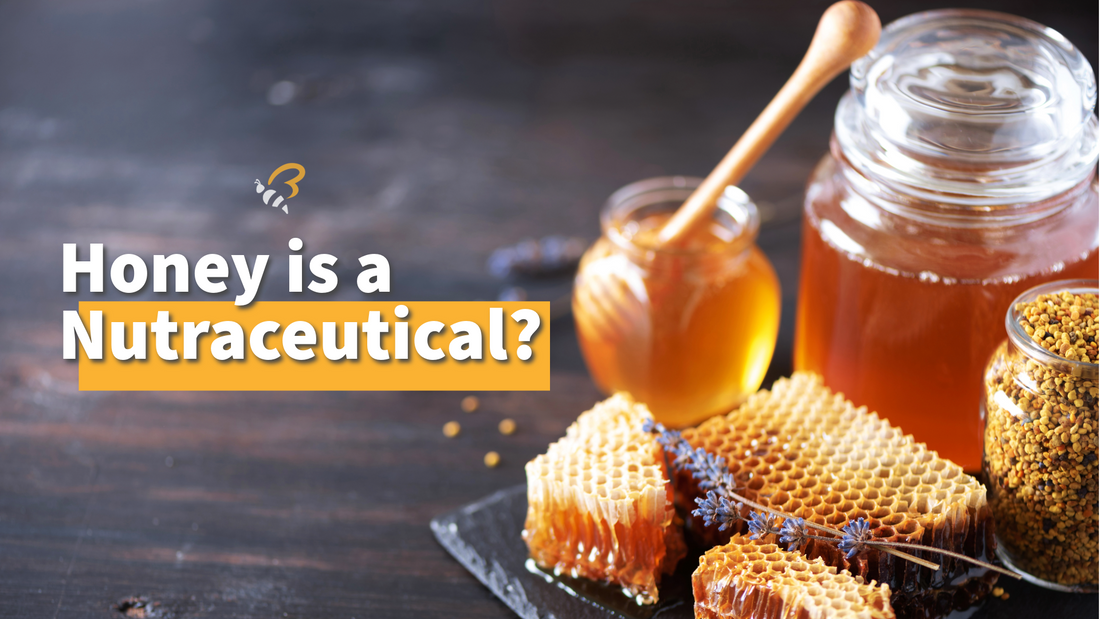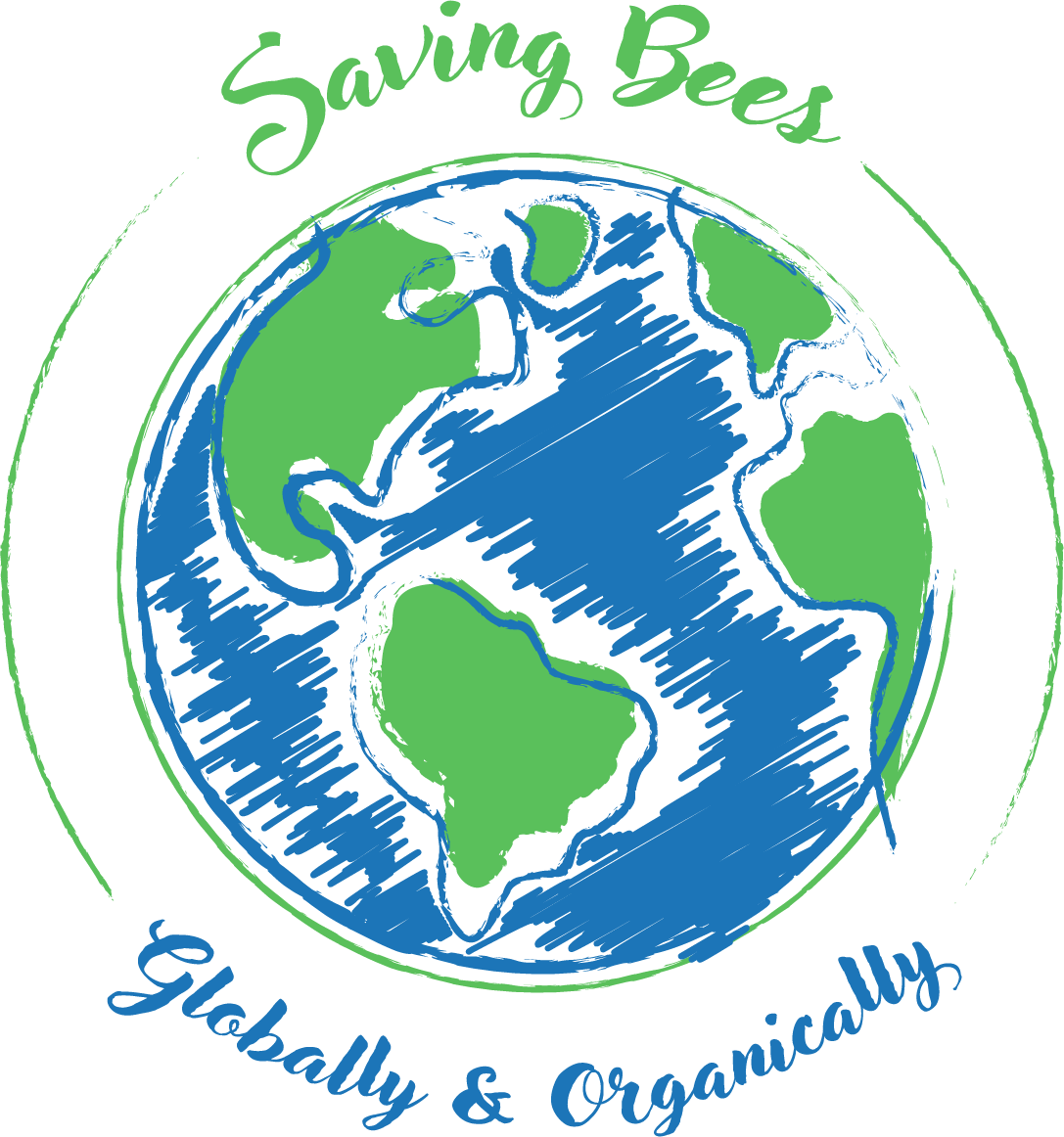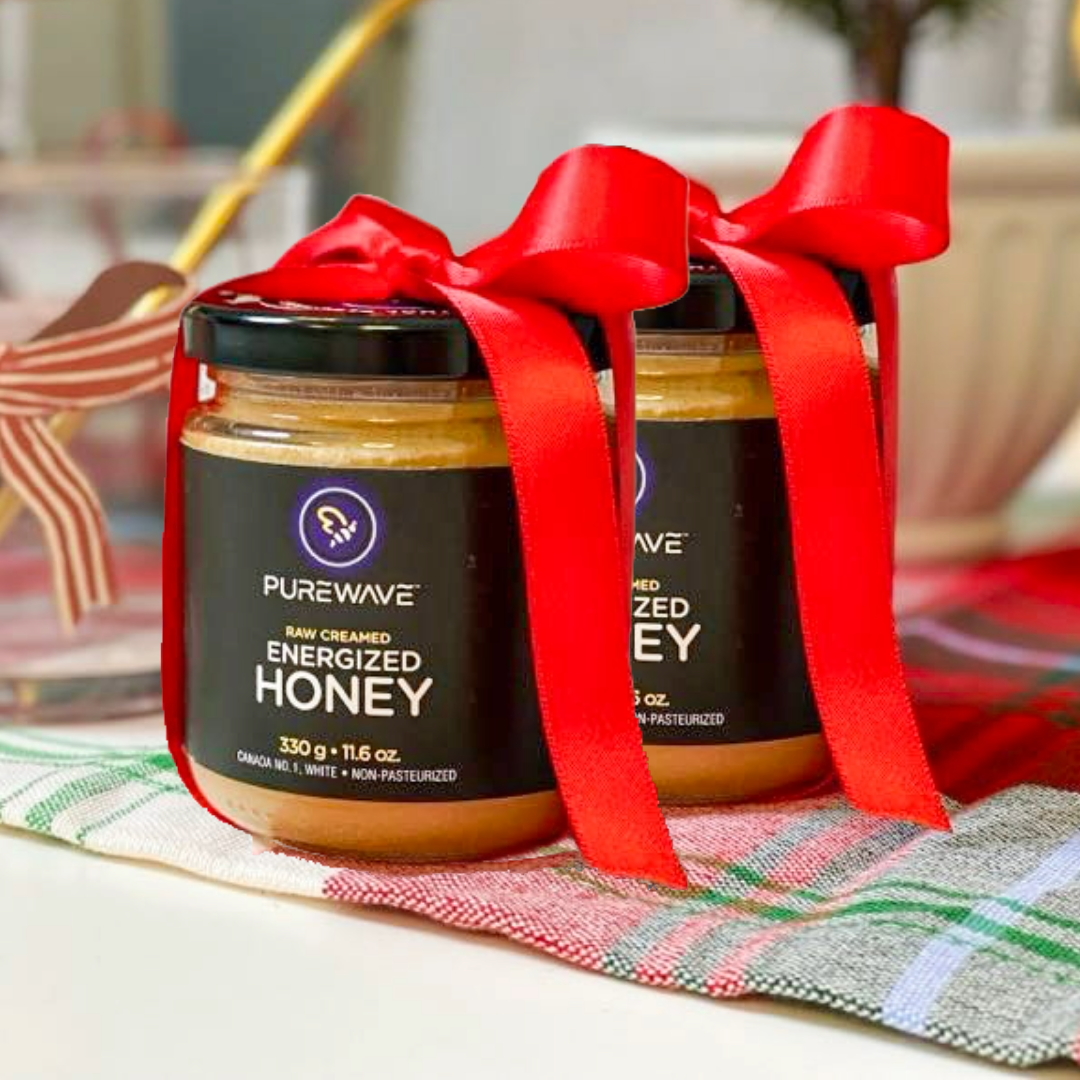
Honey is a Nutraceutical?
Share
Wouldn’t it be great if we didn’t have to buy expensive medicines anymore and merely replace them all with a sweet superfood like pure Natural Raw Honey and get the same benefits without any negative side effects?
It’s no wonder that pharmacological drug overdoses are one of the leading causes of death in the United States. We’re all overmedicated, overweight and one of the unhealthiest populations on the planet and we spend more tax dollars on healthcare than any other nation on a per capita basis.
We’re not advocating that you throw out your meds and replace them all with natural raw honey, but by incorporating pure, clean honey into your daily diet, you may find that many medications may not be needed anymore.
As always, we encourage you to seek professional advice from a licensed medical professional when it comes to monitoring your health and prescribing medications or any health protocols.
NIH Abstract
The abstract below published by the NIH clearly states that:
“records have it that raw honey is the most ancient sweetener, and it was noted to have been in use throughout the world several million years ago. Natural Honey (NH) is a sweet, flavorful liquid food of high nutritional value and immense health benefits.”
It goes on to say:
“Natural Honey is widely embraced by all ages, and its use transcends the barriers of culture and ethnicity. The use of honey is even advocated and embraced by all religious and cultural beliefs.
Several different surveys have been compiled on the nutritional and health aspects of honey. However, the nutritional value and medicinal properties of Natural Honey are too numerous and highly inexhaustible to be comprehensively documented by these manuscripts.”
Abbreviated Excerpts from the Study
Nutritional Profile
The composition of honey is mainly sugars and water. In addition, it also contains several vitamins and minerals, including B vitamins. The other constituents of honey are amino acids, antibiotic-rich inibine, proteins, phenol antioxidants, and micronutrients. The sugars in honey are sweeter and give more energy than artificial sweeteners, and the most abundant sugar in honey is fructose.
These substances are of nutritional and health importance. Some of the vitamins found in honey include ascorbic acid, pantothenic acid, niacin and riboflavin; along with minerals such as calcium, copper, iron, magnesium, manganese, phosphorus, potassium and zinc.
Additionally, there is a detailed list of vitamins, minerals, other micronutrients and trace elements in honey that are contained in the abstract.
Growth
Food is eaten for nourishment, metabolic activities, growth and healthy living. Regular consumption of Natural Honey gives all these benefits. In fact, honey is a complete meal. It contains major components of a meal, and micronutrients that will enhance the digestion and absorption of these major dietary components, as well as those required for metabolism and body functions.
Source of Antioxidants
The presence of free radicals and reactive oxygen species (ROS) is culpable in the processes of cellular dysfunction, pathogenesis of metabolic and cardiovascular diseases (CVDs) as well as aging. The consumption of foods and substances rich in antioxidant can protect against these pathological changes and consequently prevent the pathogenesis of these and other chronic ailments.
Exercise and Athletic Performance
The consumption of energy giving substances before, during and after any form of physical exercise improves the individual’s performance and increases the rejuvenation of muscles. This is also associated with dietary supplementation with Natural Honey, which provides up to 17 g of carbohydrates for every tablespoon consumed and gives the much needed energy, thus serving as an inexpensive substitute to commercially available sporting activities enhancers.
Furthermore, honey can be an effective carbohydrate source and a better substitute to glucose for exercise and athletic performance, due to its constituent of various classes of sugars. People favor slow-burning sugars for sustenance as energy source during physical exercise. Honey is beneficial in this regard as it releases fructose slowly into the bloodstream to produce a sustained energy boost and maintain homeostasis.
Digestion and Absorption
Natural Honey contains several enzymes which enhance the digestion of food substances especially carbohydrates such as sugars and starch. The additional benefit of eating honey as a source of energy over the commonly used artificial sugar is that, the major sugar constituents of Natural Honey are present as monosaccharides (simple sugars). Unlike the refined sugar (sucrose) which normally has to undergo the processes of digestion into simpler forms prior to their absorption, these sugar molecules in Natural Honey are in pre-digested forms, and can be directly absorbed into the human system.
The gastrointestinal tract (GIT) contains lot of essential and beneficial bacteria, especially Bifidobacteria for the maintenance of life and good health. It has been suggested that one can increase the Bifidobacteria populations in the GIT by consuming foods with rich supply of prebiotics such as Natural Honey. Prebiotics are substances that facilitate the enhanced growth and the biological activity of these good and beneficial bacteria. The consumption of honey is important in human digestion, and this effect is produced by the honey’s constituents of oligosaccharides.
Children's Nutrition
There are anecdotal evidences encouraging the feeding of honey to new born babies by some customs and traditions. It is now an established fact that feeding honey to infants will improve memory and growth, reduce anxiety and enhance the children’s performance in later life.
The application of honey in human infant nutrition also revealed some interesting and beneficial observations. The palatability of honey for infants was investigated by Ramenghi and others in 2001, and these workers reported that honey was well tolerated and significantly reduced the crying phases of babies than sterile water.
In a review on the importance of honey relative to sucrose in children’s nutrition, honey fed infants were found to have improved hematological profiles and calcium uptake, no digestion problem, lighter and thinner faces, better skin colour, less susceptibility to diseases, and steady weight gain.
Medicinal Properties of Honey
Hematology and Immunity
Honey has been found to be beneficial to people suffering from anemia. The article published by Ajibola A in 2007 reported enhanced blood profiles in floral honey-fed adult rats. The study recorded improved hemoglobin concentration (iron constituent of Natural Honey) played an important role and increased erythrocyte count and elevated haematocrit in the animals that eat honey.
Oral Health
The use of Natural Honey can promote oral health and wellness. Molan opines that honey with high level of antibacterial activity has the potential to reduce the risk of dental caries.
The cardioprotective effect of honey has been adduced to its antibacterial property, which prevents the growth of the bacteria that can cause dental caries. In one electron microscopy study, honey consumption was found to be safer and less inimical to oral health than drinking fruit juice.
In summary, it can be concluded that honey has constituents with cario-protective effect.
Gastroenterology
Anecdotal evidences advocate the medicinal use of Natural Honey as therapeutic agent against the ailments of the GIT in the past. These are presently being supported by the global medicinal use of Natural Honey for the prevention, cure and the treatments of some GIT disorders such as ulcers, gastritis and gastroenteritis.
Honey has been shown to be a gastroprotective agent. Its potency in inhibiting the activity of Helicobacter pylori, that causes gastritis and peptic ulcers have been well documented.
Ophthalmology
The use of honey in the treatment of eye diseases is well documented. The ancient people used honey from Attica, and Indian lotus honey as curative substances for eye disorders. The Indian locals still use Natural Honey as eye drops to cure eye disease till today.
The Malian people used Natural Honey as a traditional medical therapeutic agent against measles. The Natural Honey was usually applied on the eyes to prevent the scarring effect of the cornea which occurs as a complication of the measles infection.
There was an astounding success reported from Natural Honey application in clinical trials of 102 patients with different ophthalmological disorders such as (blepharitis, conjunctivitis and keratitis), hitherto not responding to conventional treatment. After the Natural Honey application under the lower eyelid like an eye ointment, improvement was seen in 85% of the cases, with no deterioration seen in any of the other 15%.
However, a transient stinging sensation and redness of the eye was observed soon after putting honey in the eye, but not enough to halt the treatment in all the 102 cases in the trial.
Metabolic and Cardiovascular Effects
It has been shown that honey intake ameliorates risk factors of metabolic and cardiovascular diseases in patients and healthy individuals at risk. Unlike refined sugars, diabetic patients can safely and harmlessly eat this natural and sweetest sugar (fructose)-containing product, Natural Honey.
Chemotherapy and Wounds Management
Honey has antiseptic properties, good for treating burns, infected surgical wounds and ulcers. Glenys Round, a Cancer Specialist, and Julie Betts at Waikato Hospital in New Zealand reported excellent results of the therapy from patients with fungating wounds, recalcitrant leg ulcers and pressure sores.
Antimicrobial Activity
Natural Honey is a very potent broad spectrum antibiotic which most multi-resistant bacteria are found sensitive to. Alvarez-Suarez and co-workers confirm this in their report and opine that antimicrobial activity is present in all types of honey.
Honey and Wealth
Natural Honey Production and Consumption
Natural Honey production is of high economic importance globally. The cost of honey production is minimal compared with the high returns on the investment.
It has been estimated that the global market for wound care annually is between two to six billion US dollars. If part of this huge sum is used to procure the recently developed hi-tech honey dressings, it will go a long way to improve honey production. However, little attention is given to this high-yielding enterprise known as apicultural practice.
The intake of honey as food and medicine resulted in high nutritional benefit and therapeutic promise. The botanical origin plays prominent roles on the bioavailability of Natural Honey phytochemical compounds, which consequently has effects on the biological activity of honey.
However, irrespective of the floral source, variety and number (mono, polyfloral or blended); honey type (blossom or honeydew honey, Manuka or non-Manuka); concentration (diluted or undiluted); bee (sting or stingless), all contain antioxidants and exhibit various degree of biochemical activities attributable to Natural Honey’s potency and value as a nutraceutical agent.
Adverse Effects
Natural Raw Honey like any other natural foods can also be exposed to contamination by antibiotics, pesticides, heavy metals and other toxic compounds. These poisonous substances can result from disease control, accidental exposure, environmental hazards and inimical human practices.
It was reported that European health authorities found lead (Pb) in honey bought from India in early 2010. The presence of contaminants in Indian honeys was confirmed a year later in a test by the Indian Export Inspection Council. The findings showed the presence of lead and at least two antibiotics in almost 23% of the 362 test samples of honey meant for export.
Sourcing Matters
Make sure you get your honey from a highly reputable and reliable source that is free from additives, flavor enhancers, antibiotics, sugars and artificial sweeteners or chemical contaminants from pesticides — like 4RBees PureWave™ Raw Energized Honey!
PureWave™ Raw Energized Honey
Contains no additives, contaminants or chemical residues of any kind even in parts per billion! None! (Verified by Health Canada Laboratory)
👉 Take advantage of a Special 15% off all PureWave™ Honey with reduced flat fee shipping on a case of 12!
And get your body back to perfect health today!
Enter discount code NUTRA when prompted during checkout.
*Or contact your Brand Ambassador for an even greater discount.
Reference:
You may read the full Abstract here:
NIH Abstract on Honey



